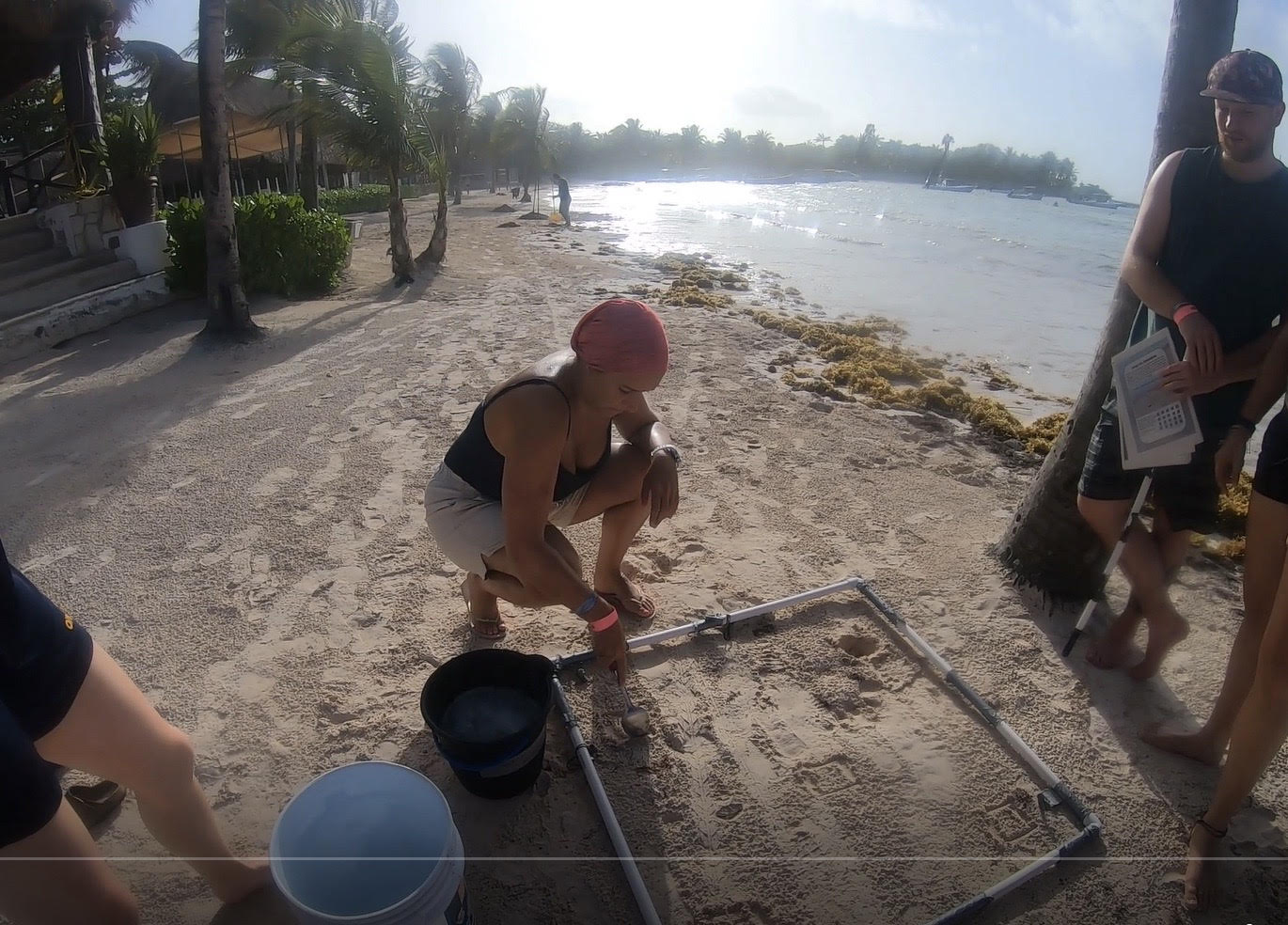
Microplastic Survey – Akumal, Mexico
Until I joined Operation Wallacea (Opwall) as a volunteer Research Assistant, I must admit I had no idea how bad the situation was. One morning, when the sea was too rough for diving, we were assigned a microplastic survey. Even though we operated from a marine-protected area, I was shocked to see how much microplastic we found.
Microplastics are one of the biggest issues facing ocean life. Their impact on marine animals, ecosystems, and, ultimately, human health is huge. In order to do something about it, we need to know the type, location, and quantity of the plastic; hence the microplastic surveys, which help scientists around the world gather as much information as possible.
So, that beautiful sunny morning, we went down to the beach with a quadrant, two buckets, a sieve mesh, a spoon, and a tray, looking for pieces of plastic that were less than 5 mm in size. We used sieves with a 1-mm mesh, as this is the size range that is most easily swallowed by seabirds and medium-sized fish that might be caught for human consumption.

Microplastics are divided into two main groups: primary and secondary plastics. Primary plastics are products that are manufactured small to start with, such as microbeads found in personal care products and plastic fibers used in synthetic textiles. Secondary microplastics are larger plastic products that have degraded over time. They include plastic bottles, plastic bags, and fishing nets. We worked on a 25-m stretch of shoreline as one single sample wouldn’t provide enough data. The minimum sample size is five times a 1-m2 quadrant. Within each quadrant, 10-cm samples are taken five times. Each quadrant should ideally be 5 m apart. Once we had selected the survey area, we laid out the quadrant and took five random sand samples from the 1-m2 quadrant. The sand was collected in a bucket with seawater, which was stirred to release the plastic from the sand. The water was then poured through the sieve into the other bucket. From the sieve, microplastics were transferred to the tray. We then moved along our selected survey line, repeated the process five times, and finished off our first scientific microplastic survey. The samples were then analyzed and entered into the system.

As I mentioned earlier, I was shocked by the findings. Do you know that plastic has been found in 59% of sea birds, 100% of sea turtle species, and more than 25% of fish sampled from seafood markets around the world? Do you know that the average person ingests 5 g of plastic each week, the equivalent of a credit card? We must help protect our ocean and the millions of species that call it home. If that doesn’t do it for you, think about your own health. This horrible reality has made me change my lifestyle. I recycle, take my own mug to the coffee shop, my own bags to the supermarket, and avoid plastic wherever I can. What about you? Have these facts had any impact on your life? Only together can we work towards a better world!

Reduce – Reuse – Recycle
#savetheocean #conservationoftheocean #reduce #reuse #recylce
Terms & Conditions. © 2023 by V R B Management Consulting Co. LLC